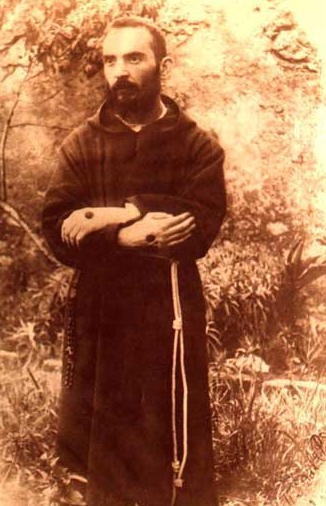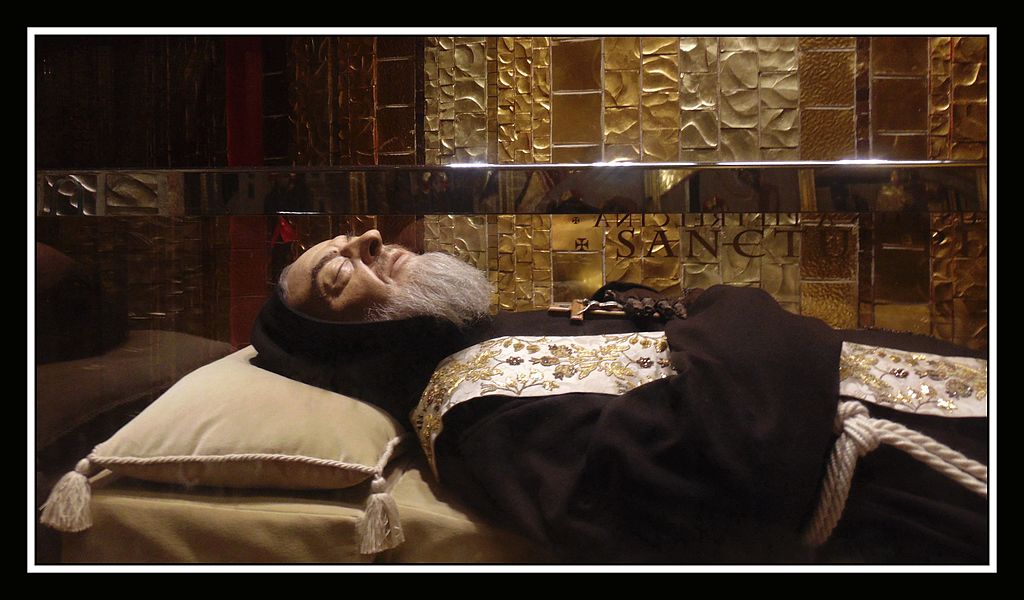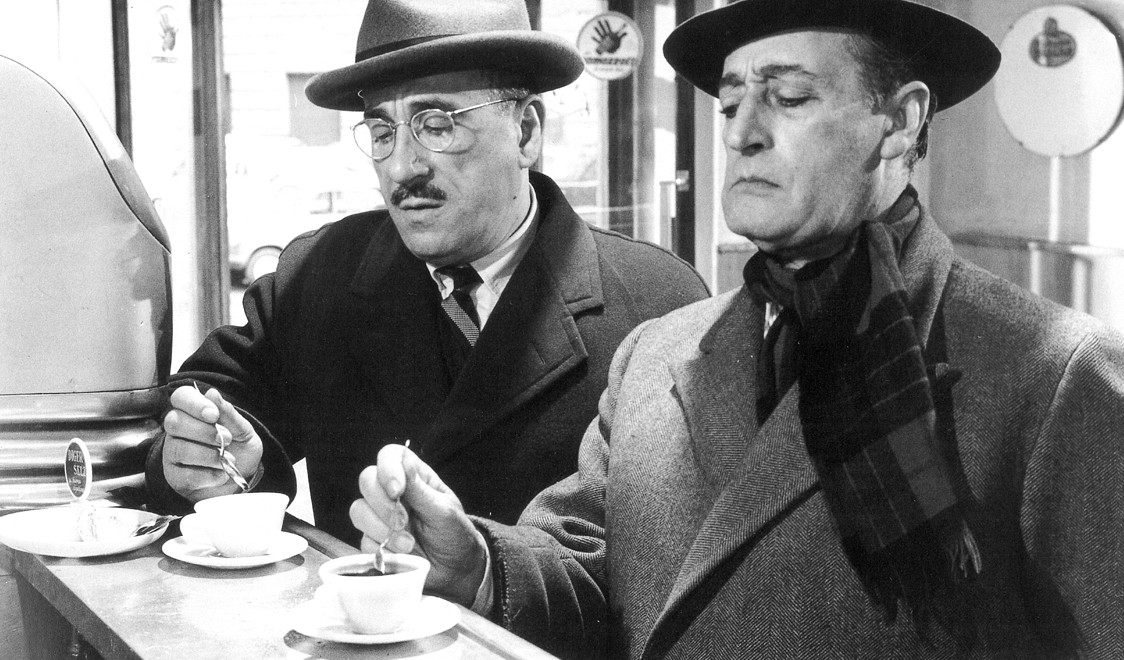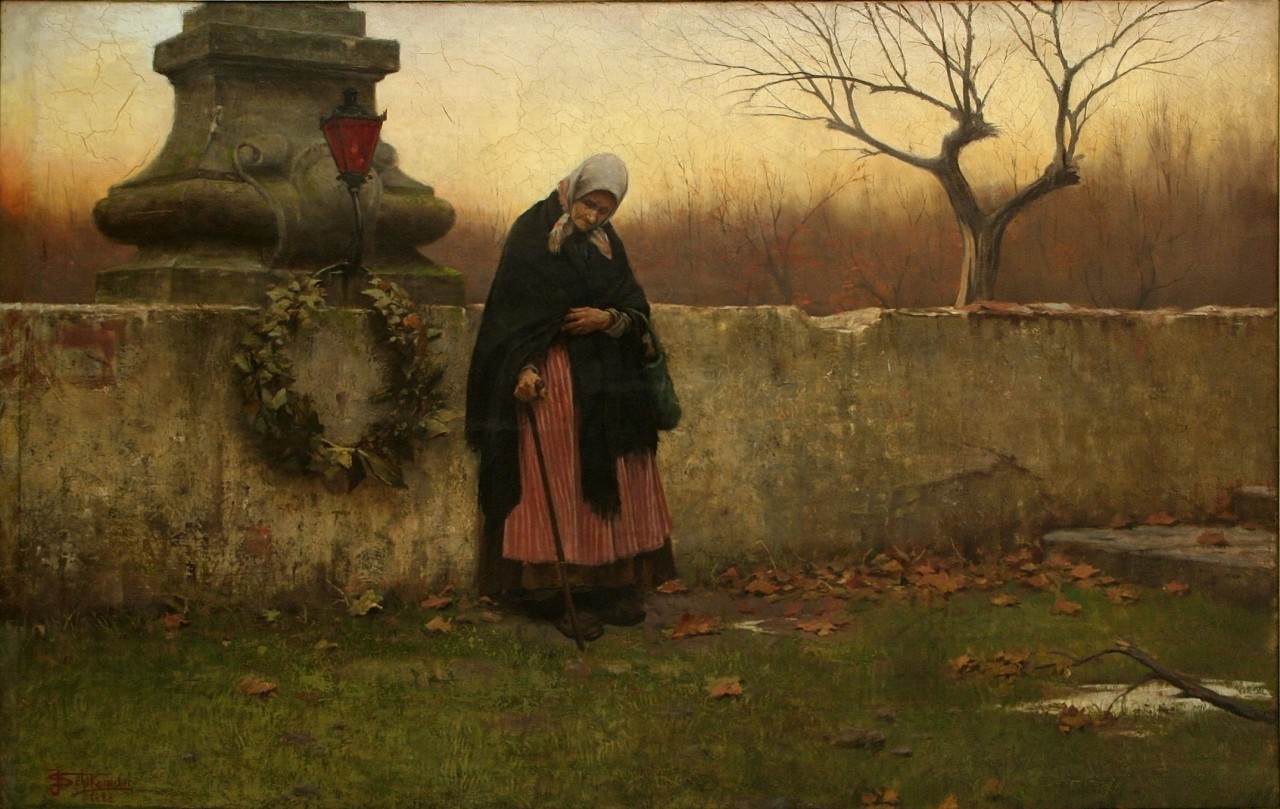The marvelous life of Padre Pio
Padre Pio of Pietrelcina was a presbyter of the Order of Friars Minor Capuchin who was born on May 23, 1887, in Pietrelcina, Italy, to die 81 years later on September 23, 1968, in San Giovanni Rotondo, Italy.
The Catholic Church recognized him as a Saint on June 16th 2002, on which the aforementioned John Paul II, decreed him Saint. Since then, the friar of Pietrelcina is celebrated every year on September 23rd - the date of his ascent in the kingdom of Gods Heavens.
Born with the name of Francesco Forgione, he decided to pursue a religious career around the age of 14. Despite his poor health, he continued his studies, between mystical visions that heralded future events, his continuing struggle against the Devil, and the appearance of miraculous signs such as the stigmata, which first appeared in 1911 and which, since then, accompanied him throughout his life, along with other mysterious disorders, such as hyperthermia.
However, he was not immediately admired by the people as well by the church itself. The first suspicions about him came after the appearance of the stigmata. Many investigations were carried out on the Friar to understand whether they were authentic or voluntarily provoked. Initially he was seen as mentally ill and self-defeating, and what was happening to his body was not considered miraculous at all. Naturally, the stigmata and other phenomena earned Padre Pio a decree of condemnation from the church, in which not only all these events were not considered miraculous, but prevented Padre Pio from celebrating mass in public and confessing believers.
The restrictions began to fall gradually starting in 1933 thanks to Pope Pius XI, but given that many people continued to believe in the Friar and not in the provisions of the Church, investigations continued up until the death of Padre Pio,.
Padre Pio died, as mentioned, in 1968, but the process for sanctification began only in 1983. After only a short time compared to other saints like Giovanna D'Arco, whose trial for canonization began almost 500 years after her death!
The proof supporting the sanctification was not little. First of all, there were the stigmata but, in addition to this, it is said Padre Pio had other gifts, including bilocation - being able to be in two different places at the same time-, the gift of prophecy, the reading of hearts - in other words he could read in people's hearts to understand what was hidden in them -, and the emanation of intense floral aromas perceived even after his death.
And then there were miracles. You must know that to become Saint, two recognized miracles must be performed. Apparently, Padre Pio did them on at least two different occasions. The first case was in 1925, when Luigi Orione saw the Friar at San Pietro, although he had not moved from his convent; the second was, the miraculous cure of the young Matteo Pio Colella, struck by fulminant meningitis. The child, after being healed unexpectedly, declared he had dreamed of Padre Pio who predicted his recovery.
These miracles were decisive for making Padre Pio a saint, even if the suspicions never ceased to be there. Many suspected and still suspect, that behind all of this there was a project to assure the riches derived from bequests and donations from the faithful to the Friar and then to the Catholic Church of Rome.Everything that was miraculous about the Saint was analyzed and became the object of dispute. There are those who think he used chemicals for the creation of stigmata, other says he used chicken blood instead of human blood on the Saint's patches, others have thought of a mental problem around the creation of the stigmata.
But despite all of this, Padre Pio became a Saint. The Friar performed miracles according to the Church and these led him to be a Saint venerated by millions of people around the world.
Cover - Photo by Manfredonia - Licenced under CC PD-Mark
Young Padre Pio - Photo by Unknown - Licenced under CC PD-Mark
The remanis of Padre Pio - Photo by Maria Mansour - Licenced under CC BY 3.0
When you subscribe to the blog, we will send you an e-mail when there are new updates on the site so you wouldn't miss them.






